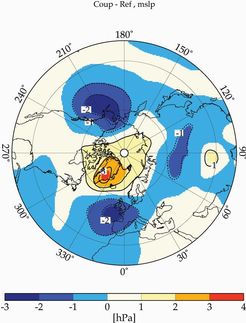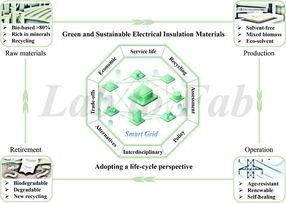Reducing CO2 Emissions By Photochemical Recycling To Useful Chemicals
1.18 Million Euro grant for development of heterogeneous photocatalysts
Advertisement
Starting in October 2010, Dr. Jennifer Strunk will lead a new junior research group in the Laboratory of Industrial chemistry lead by Prof. Dr. MartinMuhler with a 5-year, 1.18 million Euro research grant from the German Federal Ministry of education and Research (BMBF). Their research will target the photocatalytic reduction of carbon dioxide to produce useful building block chemicals of the chemical industry.
Dr. Strunk, who has just returned from her postdoctoral research at the University of California, Berkeley, is looking forward to contributing to the research activity at her Alma Mater. The funding of the junior research group originates from a successful application to the Call for Proposals “Technologien für Nachhaltigkeit und Klimaschutz - Chemische Prozesse und stoffliche Nutzung von CO2” (Technologies for Sustainability and Climate Preservation - Chemical Processes and Molecular Conversion of CO2”) of the BMBF.
Reducing Carbon Emissions using Photocatalyst, Water and Light
To reduce the impact of greenhouse gas emissions, worldwide carbon dioxide emissions have to be reduced as soon as possible. Dr. Jennifer Strunk and her coworkers from the Laboratory of Industrial Chemistry aim to reach this goal by recycling CO2 to important building block chemicals for industrial or fuel applications. Many of these chemicals, for example methane and methanol, are used in large quantities for electricity generation, transportation fuels, and as basis for consumer products. Today these chemicals are produced from natural gas, a dwindling fossil fuel, and so this research also targets the problem of ever decreasing fossil resources. Dr. Strunk has the ambitious goal to recycle CO2 into useful products only by adding water and shining light on the reaction mixture, instead of using hydrogen and a conventional energy-intensive high-pressure process. However, in order to make the CO2 and the water react simply under illumination with light to form the desired products, it requires adding an appropriate photocatalyst to the reaction mixture. As of today, such catalysts are barely known, so Dr. Strunk and the junior research group plan on knowledge-based development, and testing and characterization of a variety of heterogeneous photocatalysts for the desired chemistry.
Jennifer Strunk, born 1980, completed her Dipl. in chemistry at the Ruhr-University Bochum from 1999 to 2004 and conducted her PhD research in the Laboratory of Industrial Chemistry of Dr. Prof. Martin Muhler. After receiving her PhD degree in March 2008, she went to the University of California, Berkeley, where she carried out postdoctoral research in the Laboratory of Prof. Alexis T. Bell. During this time she developed expertise in titania catalysts, which are promising candidates for photocatalytic CO2 reduction. As she was born in Herne, Dr. Strunk feels connected to the Ruhr region and she is happy to return to the Ruhr-University with her own research project.
The BMBF Call for Proposals “Technologien für Nachhaltigkeit und Klimaschutz - Chemische Prozesse und stoffliche Nutzung von CO2”
The research funding within the scope of this Call for Proposals is meant to contribute to reaching Germany’s ambitious climate protection goals. Research and development in key technologies shall be intensified. The chemical industry in particular can make major contributions to overcoming the challenges of climate change by developing new technologies, increasing energy efficiency of industrial processes and reducing energy consumption. Both junior research groups and shared projects between industry and university are funded within the scope of this Call for Proposals.





























































